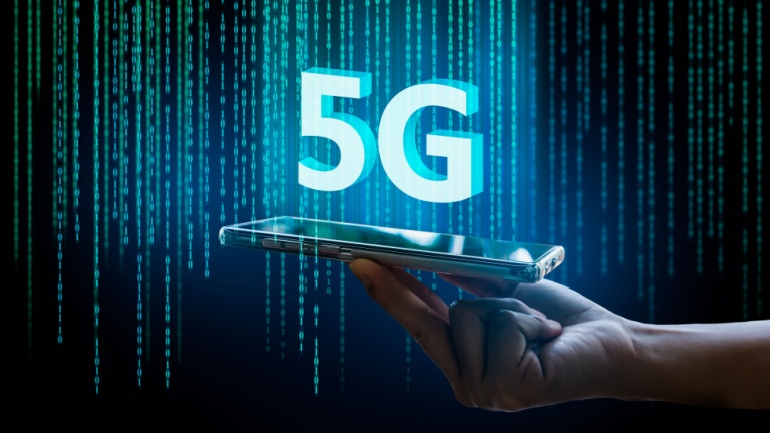Vodafone recently announced a successful trial, where they achieved 5 Gbps using the upper 6 GHz band transmitting a mobile signal to a smartphone, demonstrating the viability of this spectrum for mobile as opposed to wifi use. Such a significant achievement suggested the importance of the upcoming ITU’s WRC23 conference decision, where the division of these spectrumbands between the mobile and wifi industries will be decided.
The trial was conducted on Vodafone’s Madrid campus using an existing 5G site and a smartphone tuned to the available spectrum. With this test configuration, engineers could reach a peak data rate of 5 Gbps, with an average of 2 Gbps across various indoor locations. The trial also indicated the upper 6 GHz band’s ability to provide coverage comparable to current 5G networks.
A challenge is anticipated despite the wealth of spectrum afforded to the latest generation. With demand surging by a surprising rate of 30% per year due to the increasing number of connected devices, the need for more bandwidth becomes unavoidable.
Echoing this urgency, Vodafone’s Chief Network Officer, Alberto Ripepi, warned of a potential capacity crunch within half a decade if a fair allocation of the 6 GHz spectrum isn’t ensured. He outlined that the additional 5G spectrum could support the digital transformation of businesses and public sector organizations, aligning with the European Commission’s initiative for fast connectivity for all populated areas by 2030.
Spectrum allocation for the upper 6 GHz band is still open to all three options – mobile, wifi, and shared. Considering that the wifi industry has already been granted the lower 6 GHz band, Vodafone is articulating the need for the remainder to be allocated for mobile use. The shared option poses the risk of a compromised outcome, as it would necessarily involve curbing mobile base station power levels, which could limit the improvement in data rates demonstrated in this trial. For the continuous delivery of enhancements in connectivity, the preference for a fair allocation leaning towards mobile usability is evident.








